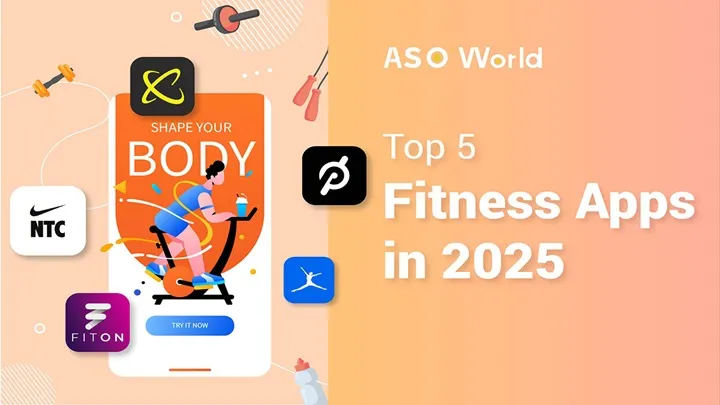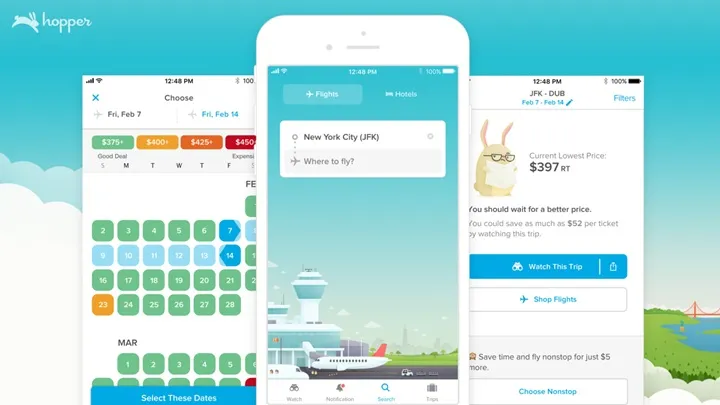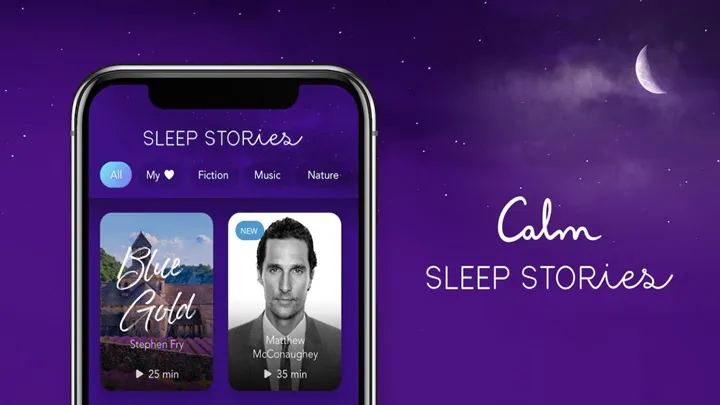History has always fascinated people, but traditional textbooks and museum visits can sometimes feel too static. With the rise of augmented reality (AR) and mobile apps, the way we experience history has transformed dramatically. Imagine walking through a modern city street and suddenly seeing ancient buildings reconstructed in 3D, or standing near a historic battlefield and watching key moments unfold before your eyes. This is the promise of hidden history apps and AR time travel technology.
In 2025, these apps have become powerful tools not just for entertainment but also for education, tourism, and cultural preservation. They merge cutting-edge technology with real-world exploration, offering users an immersive way to rediscover the past. This article dives into the top apps for hidden history and AR time travel, their features, and how they are reshaping the way we interact with history.
1. HistoryView VR
HistoryView VR is one of the most popular educational apps combining virtual reality (VR) and AR technology. It allows users to step inside virtual reconstructions of historic landmarks, artifacts, and museums.
Key Features
- Virtual field trips for students and history enthusiasts.
- Integration with school curriculums for immersive learning.
- 3D exploration of historical artifacts with AR overlays.
- Multi-platform access, including tablets and VR headsets.
Why It Stands Out
HistoryView VR is particularly effective for classrooms and homeschooling. Teachers can guide students through interactive virtual tours of museums without leaving home, turning lessons into engaging adventures. Its focus on education ensures accuracy and curated content, making it a trusted platform.
2. TimeLooper
TimeLooper is an app designed for travelers who want to experience history in the exact locations it unfolded. By pointing your phone at landmarks, TimeLooper overlays AR reconstructions of historic events right where you stand.
Key Features
- Location-based AR storytelling at famous historical sites.
- Immersive reconstructions of events like wars, revolutions, and ancient life.
- Partnerships with cities and tourism boards for verified historical accuracy.
- Offline access for travelers.
Why It Stands Out
Unlike many generic AR apps, TimeLooper ties history to real-world geography, making it feel like true time travel. Imagine standing in London during the Blitz, Rome during the height of its empire, or New York in the 19th century. For tourists and explorers, TimeLooper adds depth to every journey.
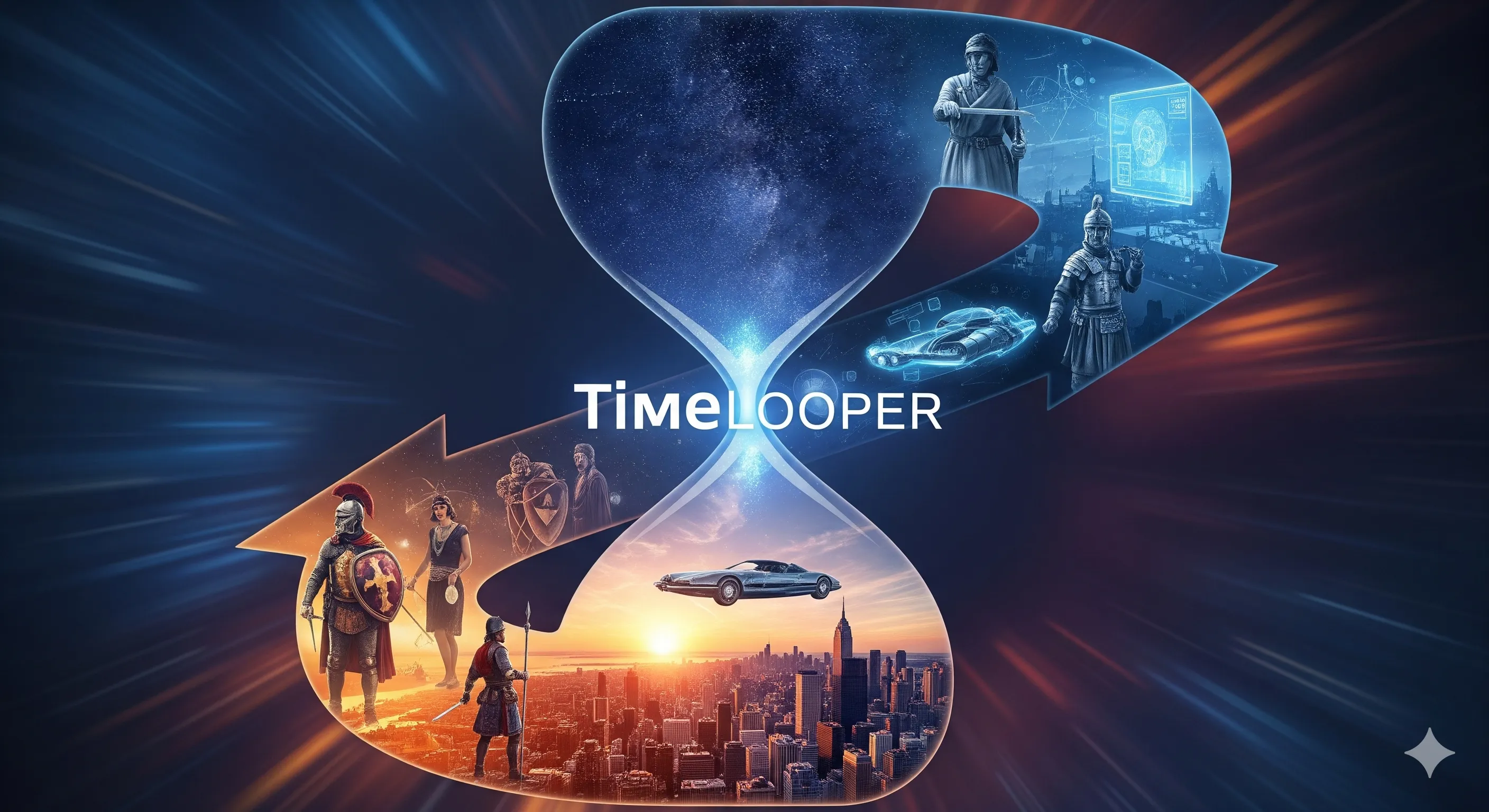
3. Streetmuseum by Museum of London
The Streetmuseum app, created by the Museum of London, blends AR with archival photos to reveal how London’s streets once looked.
Key Features
- Geotagged historical photographs aligned with modern-day streets.
- AR overlays showing past vs. present.
- Easy-to-use navigation for walking tours.
- Curated by historians for authenticity.
Why It Stands Out
Streetmuseum is perfect for urban explorers and history buffs who want to see how cities have evolved. Holding up your phone, you can view the Victorian era or wartime London, layered over the modern city. This before-and-after perspective makes hidden history accessible to everyone.
4. Clio
Clio is more than just an AR history app—it’s a comprehensive guide to historical landmarks and museums across the United States.
Key Features
- Over 35,000 entries of historical sites, monuments, and museums.
- AR-enhanced stories and walking tours.
- User-generated content and reviews.
- GPS integration for finding nearby history spots.
Why It Stands Out
Clio turns everyday walks into history lessons on demand. Whether you’re in a big city or a small town, Clio reveals hidden monuments, plaques, and buildings with fascinating stories. For travelers who love discovering forgotten history, it’s like carrying a historian in your pocket.

5. Ancient Earth
Ancient Earth uses AR and interactive maps to show how the Earth looked millions of years ago. While not strictly human history, it’s a time travel app that traces prehistoric changes.
Key Features
- Interactive globe showing Earth’s shifting continents over time.
- AR overlays of dinosaurs, prehistoric plants, and ancient environments.
- Educational features for schools and curious learners.
- Timeline navigation for specific eras.
Why It Stands Out
Ancient Earth gives users a sense of geological time travel. Instead of focusing only on human history, it connects users to the vast evolution of our planet, making it a perfect companion app for science and natural history enthusiasts.
6. Civilisations AR by BBC
The BBC Civilisations AR app is inspired by the television series Civilisations. It allows users to bring artifacts and ancient artworks into their own living rooms using AR.
Key Features
- Over 30 ancient artifacts scanned in 3D.
- Detailed zoom functions to explore textures and inscriptions.
- Educational narration and historical context.
- Interactive learning features for students and hobbyists.
Why It Stands Out
Civilisations AR makes museums accessible to anyone, anywhere. By placing a sculpture, ancient tablet, or medieval artifact right on your desk through AR, you gain a new perspective on cultural history. It’s particularly useful for those who want hands-on learning without physical travel.
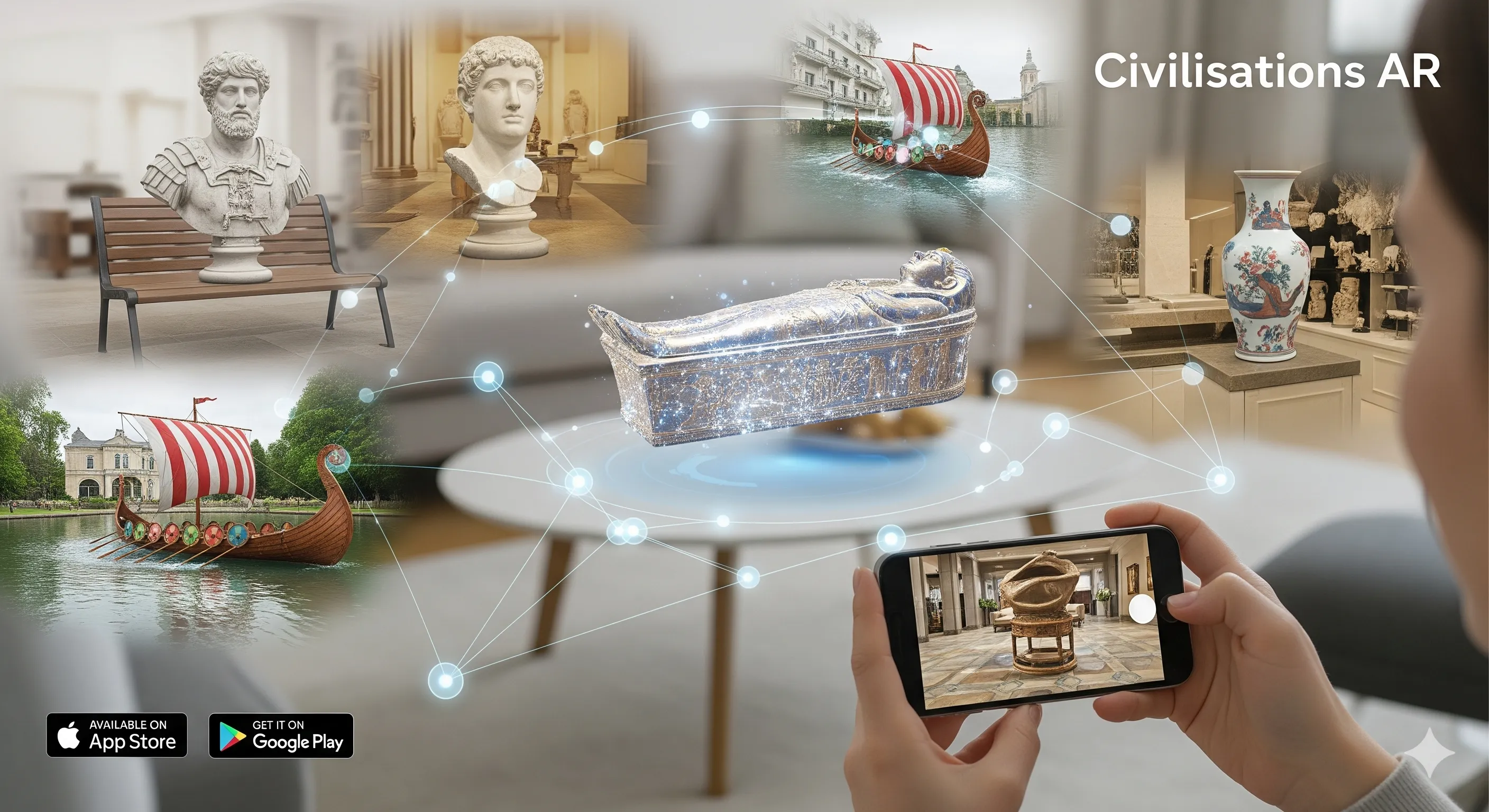
How AR & Hidden History Apps Are Changing Learning
Traditional methods of teaching history often struggle to engage younger audiences. But with AR time travel apps, learning becomes immersive and interactive. Instead of memorizing facts, students can:
- Walk through virtual ruins of ancient civilizations.
- Witness historic battles as they happened.
- Explore artifacts in 3D, rotating them to see every detail.
This approach turns passive learning into active discovery, boosting engagement and retention.
AR Time Travel and Tourism
Tourism is one of the biggest beneficiaries of these apps. Cities and museums are increasingly adopting AR to enhance visitor experiences. Tourists can:
- Unlock hidden layers of history at famous landmarks.
- Take self-guided AR tours with richer narratives.
- Experience immersive storytelling that blends past and present.
As a result, travelers no longer just “see” landmarks—they experience their stories.
The Role of AI in AR History Apps
Artificial intelligence is making these apps smarter. AI can:
- Personalize history tours based on user interests.
- Translate historical inscriptions instantly.
- Generate predictive reconstructions of ruined structures.
- Enhance AR storytelling with interactive roleplay experiences.
This convergence of AI + AR brings us closer to authentic digital time travel.
The Future of AR History & Time Travel
Looking ahead, AR history apps are set to become even more advanced. Some predicted trends include:
- AR glasses integration for hands-free exploration.
- Multiplayer AR experiences, where groups can time travel together.
- Holographic history tours, merging AR with 3D projections.
- Crowdsourced history projects, where users help document and preserve local heritage.
The future of learning, travel, and cultural storytelling is undeniably immersive.
Conclusion
The past is no longer locked away in books and museums—it’s alive, interactive, and accessible through technology. With apps like HistoryView VR, TimeLooper, Streetmuseum, Clio, Ancient Earth, and Civilisations AR, we can experience hidden history and time travel through augmented reality.
Whether you’re a student eager to make history lessons exciting, a traveler seeking depth in your journeys, or simply someone fascinated by the stories of the past, these apps make history come alive in your hands.
In 2025 and beyond, AR time travel apps won’t just help us learn about history—they’ll allow us to walk through it, relive it, and preserve it for generations to come.










